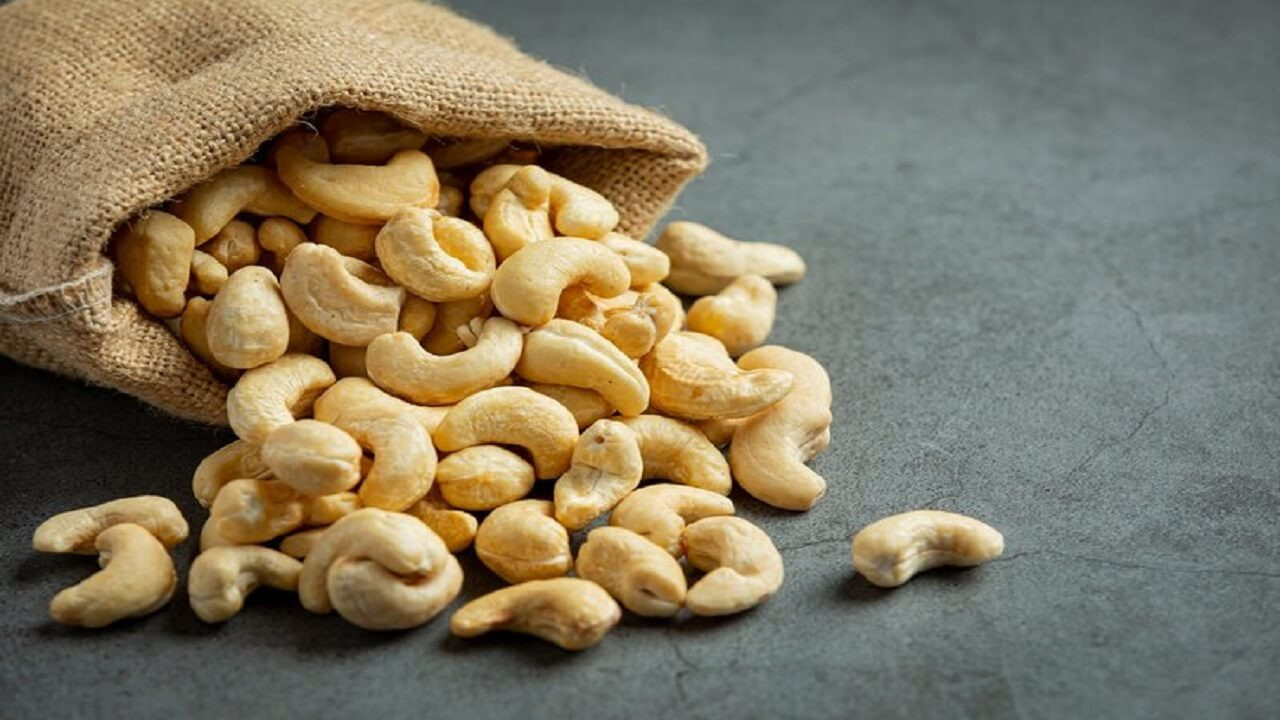
Cashew Farming, Processing and Exporting in Nigeria
September 10, 2024, 5:52 pm
Cashew (Anacardium Occidentale L.) is a tropical nut tree of south America with Central Brazil agreed to be its centre of origin
Cashew Farming, Processing and Exporting in Nigeria
The cashew tree was introduced to Mozambique and then India in the sixteenth century by the Portuguese, as a means of controlling coastal erosion. It was spread within these countries with the aid of elephants that ate the bright cashew fruit along with the attached nut. The nut was too hard to digest and was later expelled with the droppings. It was not until the nineteenth century that plantations were developed and the tree then spread to a number of other countries in Africa, Asia and Latin America.
Cashew Farming In Nigeria
According to Nigerian Export Promotion Council, the Nigerian cashew industry has achieved a 10% annual production growth rate over the past decade. Nigeria is the 6th largest producer of cashew in the world and the 3rd largest in Africa.
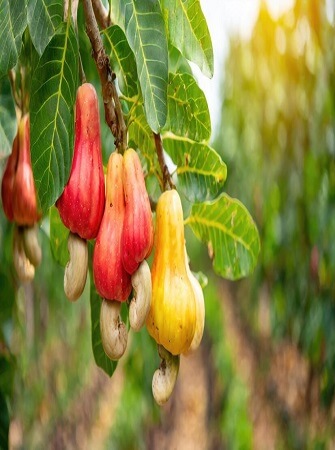
During the past decade, the production of cashew nuts in Nigeria has increased almost eight-fold from 30,000 tonnes in 1990 to 240,000 tonnes in 2021. Prior to this, production was relatively static at 25,000 tonnes over a 25-year period from 1965. As in the case of other developing countries, Nigeria has recognized the potential economic value of cashew and has made a concerted effort to improve production of the crop.
[If you need help sourcing and buying cashews in Nigeria, please call/chat with us on +2348089864121 or send a mail to agsolutions@agricdemy.com]
Types of Cashews
Some of the cashew types that can be grown in Nigeria are listed below:
Nigerian Cashew
This cashew cultivar is openly pollinated. Per hectare, it may produce 0.5 tons of cashew nuts. It is the cashew cultivar that has been planted in Nigeria the longest. Unlike the hybrid cashew types, it is not resistant to diseases and pests.
This cultivar takes 4–5 years to begin bearing fruit.
Brazilian Large Cashew
A hybrid cashew variety is the Brazilian Jumbo variant. Up to two tons can be produced per hectare with this cashew cultivar. It takes this type takes 2.5 years to begin bearing fruit.
Indian Small Cashew
The cashew variant from India is an enhanced variation. The potential production of this cashew is 1.5 tons per hectare. It takes this type takes 2.5 years to begin bearing fruit
Challenges of Cashew Farming in Nigeria
Apart from Brazil, whose cashew industry is based on large-scale mechanized factories, the vast majority of producers and processors worldwide are small or medium scale, with smallholder farmers and processors playing a major role.

However, their production capacities, on which their livelihood closely depends, are severely hindered by several constraints that, though context specific, are often common to many of them regardless of their country. For example, the lack of strategic planning in the inception phase has resulted in the development of scattered small-scale activities rather than integrated systems
Moreover, the lack of good planting material due to the absence of proper breeding programs, coupled with poor knowledge of pest control, soil husbandry, and agronomic practices, has widely compromised the production phase, resulting in generally poor yield.
Such issues, whose effects have been sometimes worsened by adverse weather conditions, have for long not been compensated for by extension services, which have often been found to be inefficient and responsible for inadequate farmer training.
[If you need help sourcing and buying cashews in Nigeria, please call/chat with us on +2348089864121 or send a mail to agsolutions@agricdemy.com]
Also, the lack of knowledge and support services has limited the positive impact of the introduction of technologies in processing plants, especially in contexts where there is a scarcity of available skilled labour. This has resulted in the usage of obsolete plants, often subject to water and power supply problems, significantly impacting both quantity and quality of cashew products. The low quality of cashew raw nuts and kernels in turn negatively affects farm gate prices and processing value.
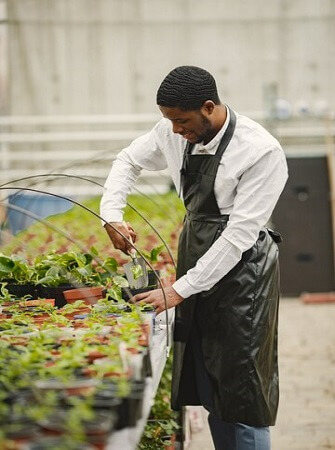
Uses of Cashew
The cashew tree has been cultivated for food and medicine for 400 years. Cashews have served nutritional and medicinal needs. More recently, they have been used in the manufacture of adhesives, resins and natural insecticides.
The tart apple is a source of vitamin C, calcium and iron. The bark, leaves, gum and shell are all used in medicinal applications. The leaves and bark are commonly used to relieve toothache and sore gums and the boiled water extract of the leaf or bark is used as a mouthwash. A paste of bark ground in water is used in topical applications for the cure of ringworm; in this form it can however act as an irritant and should not be applied to sensitive skin or to children.
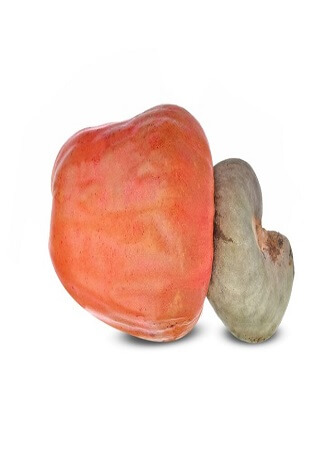
The root has been used as a purgative. Fibres from the leaves can be used to strengthen fishing lines and nets and as folk remedies for calcium deficiency and intestinal colic, as well as a vitamin supplement. The water-resistant wood is used for boats and ferries, while the resin, in addition to having industrial uses, is used as an expectorant, cough remedy and insect repellent.
Uses of Cashew Nut Shell Liquid (CNSL)
The cashew nut shell contains a viscous and dark liquid, known as cashew nut shell liquid (CNSL), which is extremely caustic. It is contained in the thin honeycomb structure between the soft outer skin of the nut and the harder inner shell.
The CSNL content of the raw nut varies between 20% and 25%. Cashew nut shell liquid (CNSL) is an important and versatile industrial raw material. There are more than 200 patents for industrial application, in particular, its use as raw material for phenolic resins and friction powder for the automotive industry (brake linings and clutch disks). In drum-brake lining compounds, cashew resins are used as fillers and may also be used as binders. In disc pads, the role of cashew resin is restricted to the use of friction dust as filler. The advantage of the cashew resins compared with synthetic phenolic resins is that they are more economical and produce a softer material, which gives a quieter braking action.
CNSL is also used in mouldings, acid-resistant paints, foundry resins, varnishes, enamels and black lacquers for decorating vases and as insecticides and fungicides.
Uses of Cashew Apple
The cashew tree bears a false fruit known as the cashew apple from which the nut protrudes. The cashew apple is between three and five inches long and has a smooth, shiny skin that turns from green to bright red, orange or yellow in colour as it matures. It has a pulpy, juicy structure, with a pleasant but strong astringent flavour. The cashew apple is very rich in Vitamin C (262 mg/100 ml of juice) and contains five times more Vitamin C than an orange. A glass of cashew apple juice meets an adult individual's daily Vitamin C (30 mg) requirement. The cashew apple is also rich in sugars and contains considerable amounts of tannins and minerals, mainly calcium, iron and phosphorous.
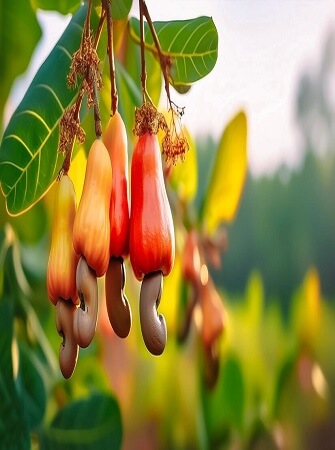
It can be dried, canned as a preserve or eaten fresh from the tree. It can also be squeezed for fresh juice, which can then be fermented into cashew wine, which is a very popular drink in West Africa. In parts of India, it is used to distil cashew liquor referred to as feni. In some parts of South America, local inhabitants regard the apple, rather than the nut kernel, as a delicacy. In Brazil, the apple is used to manufacture jams and soft and alcoholic drinks.
[If you need help sourcing and buying cashews in Nigeria, please call/chat with us on +2348089864121 or send a mail to agsolutions@agricdemy.com]
Successful Cashew Farming Practices
There are two primary methods adopted to grow cashew: the former, and most widespread worldwide, is by placing seeds directly in the field. This is usually preferred over the latter, which consists of transplanting seedlings from nurseries. Seedlings have been reported to have a delicate root system to which transplanting may have a negative impact. Apart from allowing the plant to naturally develop its root system, sowing is cheaper and quicker compared to other methods. Seeds are placed at a depth from about 5 to 10 cm, depending on soil texture. Two or three seeds are sown together in order to avoid gaps in the plantation in case of seed failure.
For seeds that have been stored for no longer than 5 to 6 months in gunny bags, and after been sun dried for 2 or 3 days, germination takes 15–20 days. Transplanting is used because it provides the opportunity to select good seedlings to ensure uniformity while establishing the cashew orchard, which is not possible with sowing. The age at the time of transplanting is critical to the success of seedling development; in Nigeria 2 to 3.5 months was recommended to transplant nursed cashew seedlings.
Adequate Climate for Cashew Production
Tropical climates are ideal for cashew growth. In cold and temperate climates, cashew cannot grow. Cultivating cashew usually requires being at least 650 meters above sea level. Cashews grow best in temperatures between 20°C and 39°C degrees Celsius, while 30°C is the ideal range for cashew growth.
A yearly rainfall of 1000–2000 mm is acceptable for cashew. In order to produce the best yield, cashew also need around four months of dryness (no rain). This explains why Savannah regions are better for cashew cultivation than rain forest regions. Cashew growth can be adversely affected by high humidity and rainfall levels.
Soil Adequate for Growing Cashews
Sand, sandy loamy soil, and sandy laterite soil are all favourable for cashew growth. Although cashews grow in any type of soil, poor soils benefit from amendments such as manure, compost, humus, and fertilizers.
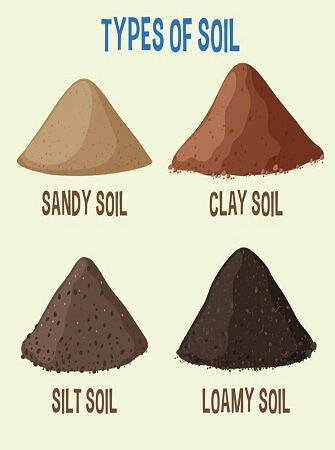
When it comes to soil conditions, cashew does best in dry, well-drained locations. A soil's pH of 4.0 to 7.0 is ideal. If cashew is planted in extremely acidic soil, it will not produce at its best. Dolomite or lime should be added as an amendment to acidic soil.
Agrilime and limestone are two excellent kind of lime to utilize to improve acidic soil.
Heavy clay soils with poor drainage condition and also excessive alkalinity and salinity soils as well as areas prone to water logging and hard pan are not suitable for cashew growing.
Getting the Soil Ready
Bulldozers can be used to remove trees, stumps, and weeds from huge cashew plantations. To prevent the removal of the top soil, caution should be taken. Using cutlasses, axes, and hoes, one can manually remove trees, stumps, and weeds.
It is best to remove the trees, stumps, and weeds before ploughing. Harrowing ought to be done following ploughing. Several ploughing and harrowing cycles could be required, based on the state of the soil. Areas that are prone to floods should be ridged before planting.
Compost and manure should be added to soil with low organic matter and low fertility levels. You can also supplement the soil with humus. It is recommended to apply phosphatic fertilizers, to each pit designated for the planting of cashew seedlings. Up to 250 grams of phosphatic fertilizer, such as Single Super Phosphate, may be added to each planting hole, depending on the soil's fertility.
One hectare of farmland may support roughly 100 cashew seedlings provided an 8 by 5 meters planting pattern is followed. A hectare can support 175 cashew trees if planting space measures 7.5 by 7.5 meters. One hectare may support up to 500 cashew trees for high density cashew planting.
Cashew Harvesting
Cashew plants flower for 2 or 3 months and fruits mature about 2 months after the blooming. When the whole fruit is fully ripe, it falls to the ground and harvesting generally involves collecting nuts when they have dropped. However, especially for fresh fruit consumption and juice production, where the apple is required to be fully mature, some farmers prefer collecting the cashew apples still on the plant to prevent pilferage and apple bursting. Harvesting is usually carried out manually from the ground, which is highly labour intensive and involves women and children.
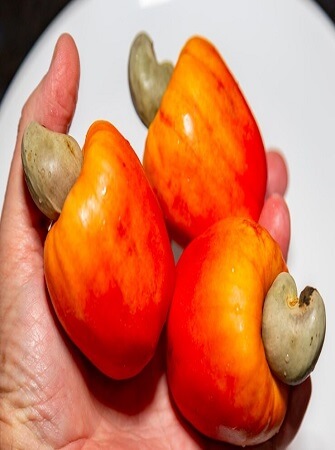
Alternatively, it is done by using a small basket or sack attached to a ring at the end of a long stick. In order to ensure the quality of the product, nuts are dried out after separating them from the apple that, in turn, is usually processed within the first 24 hours. Nuts are traditionally sun dried for 2 or 3 days depending on weather and harvesting conditions, in order to bring down the moisture content from 25 to 7–8 % before. Cashew farmers should always look at various types of crop insurance suitable for them.
Cashew Processing
Almost all of the world's raw cashew nuts are sent to India for processing, since India has an inexpensive labour force and does not produce adequate quantities of cashews to fulfil its domestic processing capacity. Approximately 25% to 40% of nuts processed in India originate in foreign countries. India also has a long tradition and good reputation as a high quality processor of cashew.
A number of countries therefore prefer to export their raw nuts to India for processing rather than to process themselves and produce lower quality kernels. China also has a high processing capacity and benefits from having an inexpensive labour force. Chinese processed cashews were previously considered inferior to Indian nuts, but with improving standards, the import of raw nuts to China is on the increase.
Cashew Processing Procedures
To process cashews properly, these are the core procedures followed with the use of manual or mechanical systems:
Classification
This is the first step in the processing steps and it involves the removal of foreign matter and dirt from the nuts. The nuts are collected after harvesting, the apples are removed along with other foreign matter. The cleaned nuts are then conditioned in preparation for removal of the shell. Conditioning increases the brittleness of the shell and thereby facilitates its removal.
Stewing
This processing stage involves soaking the nuts in water in order to avoid scorching during the roasting operation. Conditioning is carried out in order to prepare for removal of the CSNL. After cleaning, the nuts are placed in a large open container. Water is poured into the container and the nuts are allowed to stand for ten minutes prior to draining off the water. The dampened nuts are then allowed to stand in order to absorb the adhering water. This soaking and conditioning operation is repeated up to three or four times until a moisture content of 9% is attained.
Shelling
The objective of shelling is to produce clean, whole kernels, which are free of cracks. The main challenge with shelling is to remove the kernel without damage or contamination from the CNSL
Separation
After shelling, shell pieces and kernels are separated and the unshelled nuts are returned to the shelling operation
Drying
In this stage, the shelled kernel is covered with the testa, the removal of which is facilitated by drying the shelled kernel, to produce the blanched kernel. Drying causes shrinkage of the kernel, thereby allowing the testa to be easily removed. Drying protects the kernel from pest and fungal attack at this vulnerable stage. All processors dry the shelled kernels prior to peeling. The moisture content of the kernel is reduced from approximately 6% to 3% by drying.
Peeling
At this stage, the testa is loosely attached to the kernel, although a few kernels may have already lost the testa during the drying process. The focus at this processing stage is the removal of the testa from the kernel. It is important that the kernels are neither cut nor damaged during the peeling process.
Nut Classification
The classification operation is important since it is the last opportunity for quality control of the kernels. After the kernels are extracted from the shells, dried and peeled, they are graded for export according to size and condition.
Peeled cashew nuts can be classified into between 11 and 24 grades. These are roughly divided into three groups: white whole, white pieces and scorched grades.
White, whole kernels are graded according to their size on the basis of the number of kernels per pound (equivalent to 454 g). The most common count for Indian and African kernels are W320 (300 to 320 kernels per pound) followed by W450, W240 and W210.
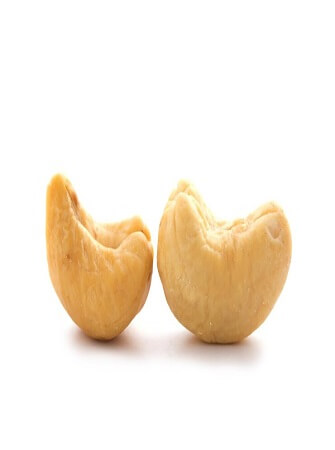
[ For a payment of N150,000 you can get our cashew processing and exporting business plan]
Cashew Export Market
The United States is the largest importer of cashew kernels, accounting for over 50% of world imports. Other importers include the Netherlands (10%), Germany (7%), Japan (5%) and the United Kingdom (5%). Other emerging markets include the Middle East, South East Asia and Australia.
Cashew kernels are usually the second or third most expensive nuts traded in the United States. Macadamia nuts are more expensive and pecan nuts can cost more in years when there is a poor harvest. Cashew nuts have a well-established market in the United States with a great variety of end uses. Retail prices vary from about $9 to $23 per kg depending on kernel size and packaging.
Cashew International Trading
World prices of cashew kernels vary according to the size, class and composition of the product. W320 (320 kernels per pound weight) is the category in highest demand and is the reference point for pricing. International prices for cashew kernels are influenced by the behaviour of market operators. There is no fixed market price and the market is speculative. Cashew quality is of utmost importance.
High quality is a major criterion for success on the world market. India and Brazil have worked hard to ensure high quality of the processed kernels. India's cashew industry was the first to use quality control for improvement of performance. Quality control is administered via the Cashew Export Promotion Council (CEPC).
Current market price for raw cashew fruit varies between $1000 to $2000 per tonne while market price for processed cashew nuts varies between $7000 to $10,000 per tonne. The highest price is paid for better quality kernels of the W180 and W210 grades, which are the largest and heaviest grades.
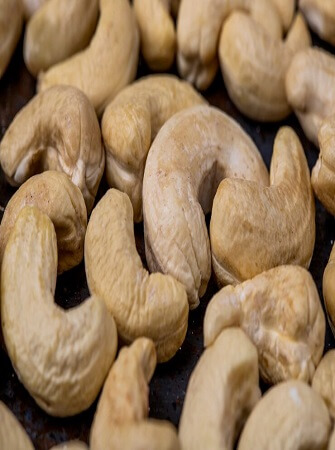
In spite of the huge price differential between the raw cashew fruit and the processed cashew nuts, majority of the cashew farmers in Nigeria aren't taking advantage of the amazing opportunity in the processed nut international market because of poor farming practices and insufficient processing technical know-how
CONCLUSION
Consumer tastes, dietary trends, and industrial applications have woven a complex tapestry of patterns that make up the worldwide cashew industry. Cashews are a staple in many market sectors, from our kitchens, where they are a nutritious powerhouse, to the manufacturing industry, where CNSL is a major player. These factors have made cashew farming, processing and exporting a meaningful venture for farmers and entrepreneurs in Nigeria.
If you would like to start cashew processing and exporting business in Nigeria and you need a cashew processing business plan to show you how to implement all of the details described in this article, then you should get our cashew processing and exporting business plan.
For a payment of N150,000 you can get our cashew processing and exporting business plan. To get our cashew processing and exporting business plan via bank transfer payment, please call/chat with us on +2348089864121 or send a mail to agsolutions@agricdemy.com
Also, if you need help sourcing and buying cashews in Nigeria, please call/chat with us on +2348089864121 or send a mail to agsolutions@agricdemy.com
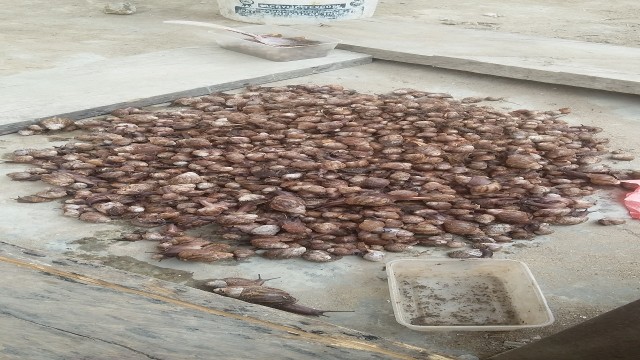
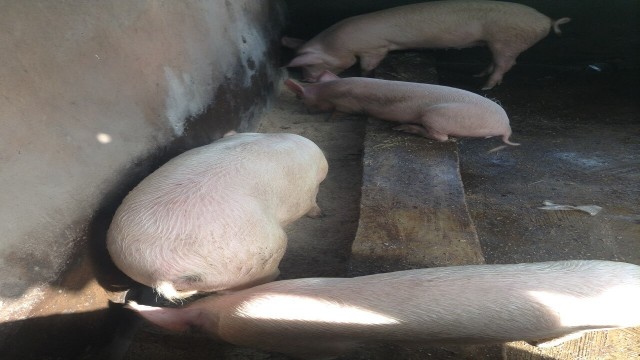
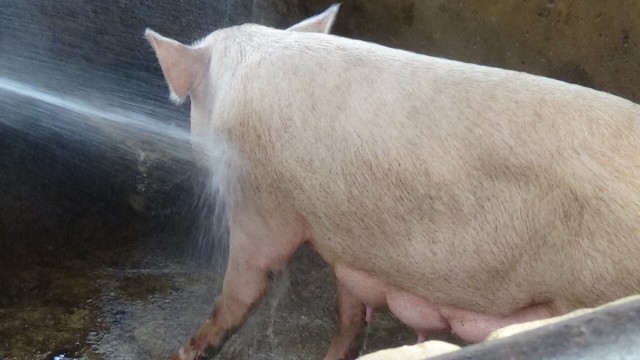

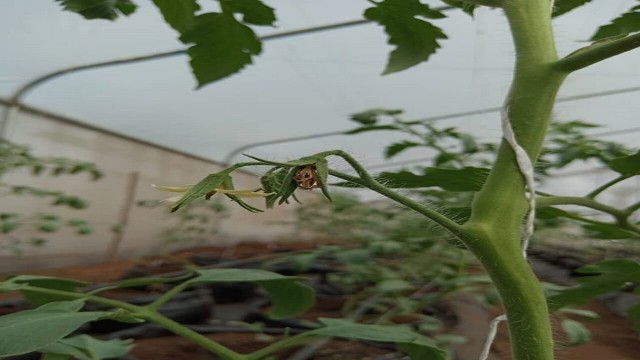

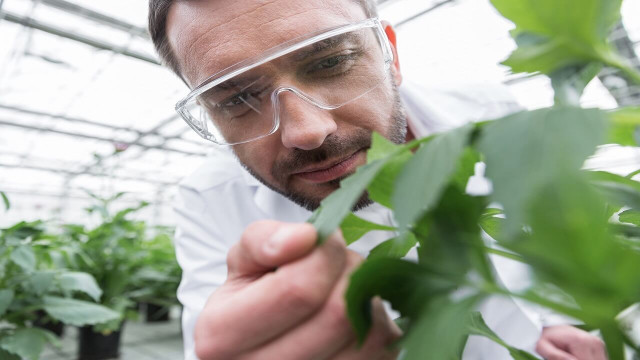
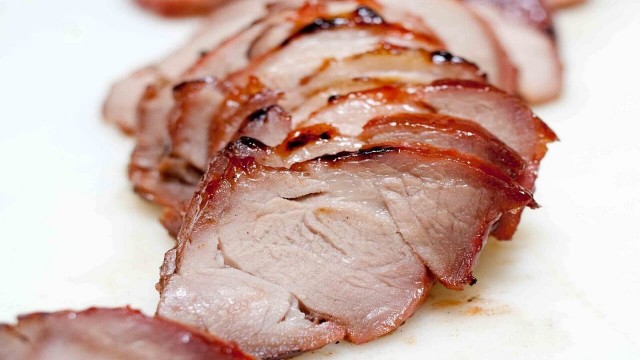

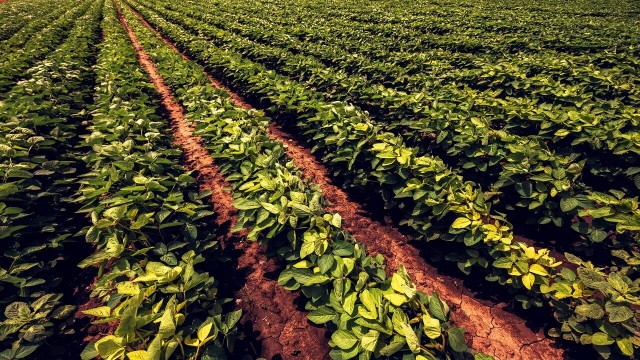
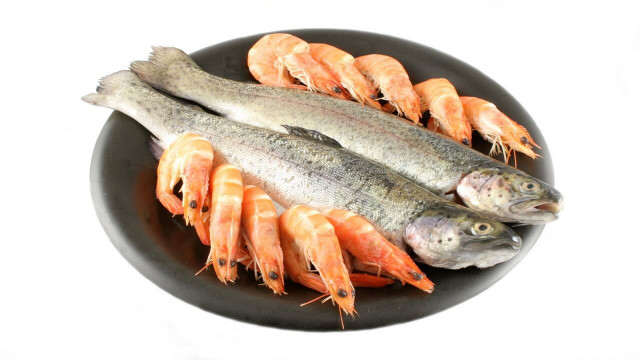

Share This Article: